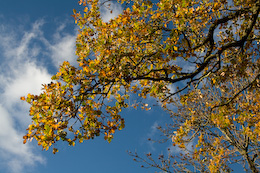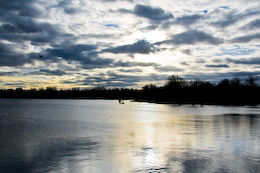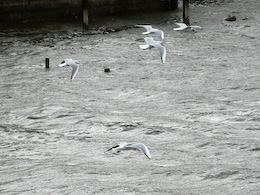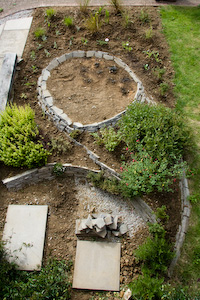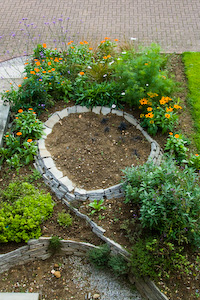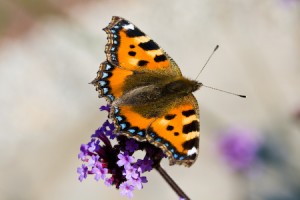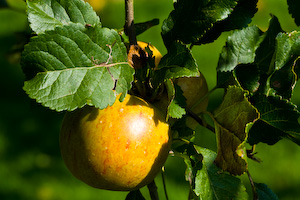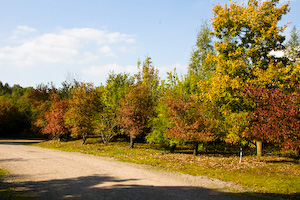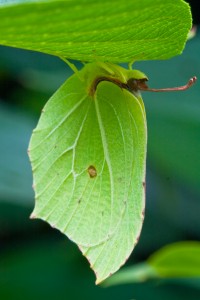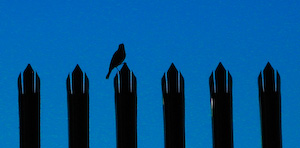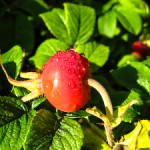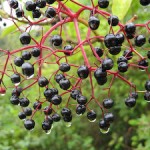There have been two separate stories on the internet and in the papers this week relating to the re-introduction of species to the British Isles.
The first relates to the re-introduction of beavers to Scotland, a story that first hit the headlines back in May. The four families of beavers, which will be released in May, have been flown into the UK from Norway. Although there still seems to be some opposition to the move, mainly from those employed by the fishing industry, it appears to me to be a good idea. From what I can tell, there has been a long period of consultation and much study of other beaver re-introduction schemes in Europe. The releases are on a small scale, and therefore should not have a wide-scale effect on the environment at large. Also, this is a creature that has many beneficial effects on the local ecosystem, and was once a native until we killed them all to make fetching hats. It is not comparable with, for example, the release of mink, a species that has never been native to this country and which has nothing but a detrimental effect on the local fauna and flora. If you want to read more about this visit the BBC website.
In a separate story this week it appears that there are plans to re-introduce White-Tailed Eagles (Sea Eagles) to England. Following a successful re-introduction to the west coast of Scotland thirty years ago, plans are being drawn up to re-introduce these magnificent birds to Norfolk. There are currently 42 pairs in the west of Scotland, and they are now attempting to re-introduce them to the east coast. This is a re-introduction that has not been entirely problem-free with too many cases of poisoning and trapping of the eagles, with farmers believing them to be taking lambs being the main suspects. This is despite the estimated £1.5 million per year revenue that the eagles are thought to bring to the Isle of Mull.
The White-Tailed Eagle was once native to England before being driven out approximately 200 years ago. Norfolk has been chosen as a potential release area as it is thought to provide sufficiently large areas of wetland. The work carried out on this project and the ones in Scotland are of importance worldwide as there are only 7000 pairs remaining. As with other such schemes there will no doubt be a long period of consultation prior to the start of the scheme, although the first survey of 500 local people appears to be promising, with 91% in favour of re-introducing the eagles. More about this story can be found on both the BBC and RSPB websites.
